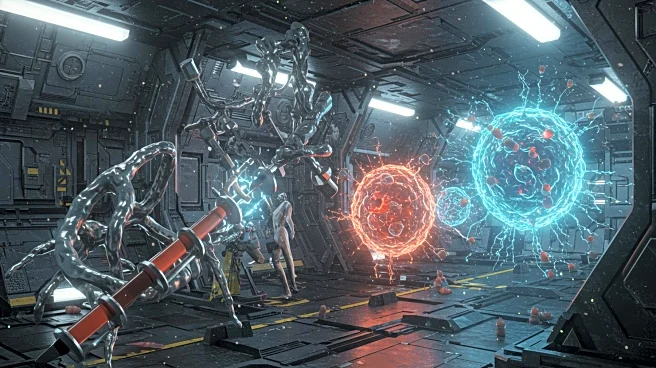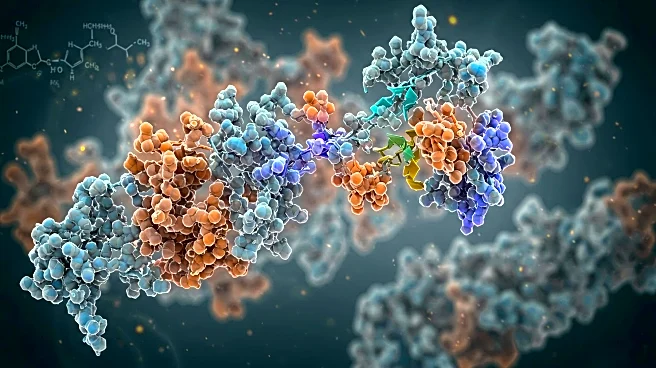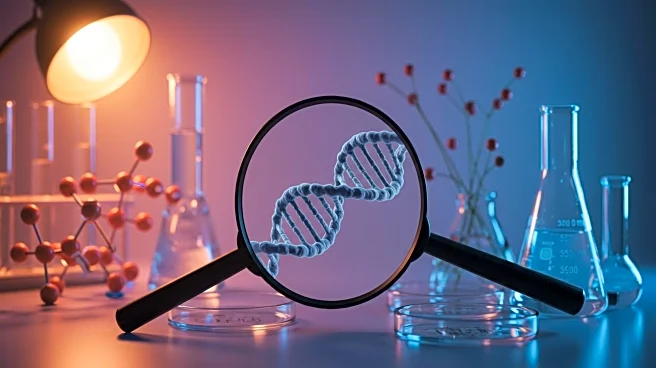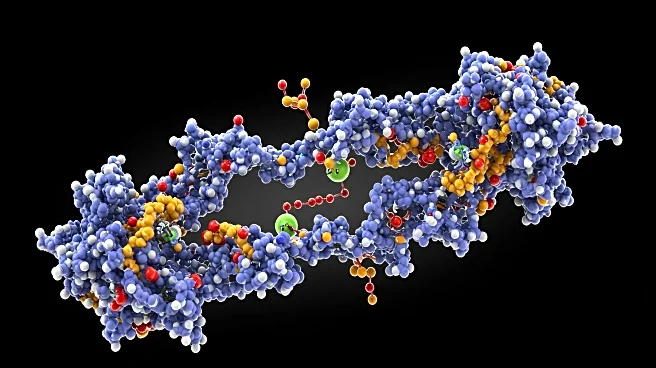Rapid Read • 6 min read
A study has explored the use of low-resolution, genome-wide sequencing to capture the copy number landscape in breast cancer (BC) patients. This approach aims to identify homologous recombination deficiency (HRD) and other actionable genetic alterations in formalin-fixed paraffin-embedded (FFPE) BC samples. The study evaluated the performance of this method in two phases, using a cohort of triple-negative BC patients and a prospective cohort referred to clinical genetic services. The results showed a 100% sensitivity for detecting BRCA1/BRCA2/PALB2 pathogenic variants and highlighted additional copy number alterations in HR-proficient BC populations.
AD
The findings underscore the potential of low-resolution sequencing as a cost-effective alternative to high-resolution methods, which are currently challenging to implement in routine clinical settings. By identifying key genetic alterations, this approach could enhance personalized medicine and genetic counseling for BC patients. The ability to detect HRD and other actionable alterations may lead to more targeted and effective treatment strategies, ultimately improving patient outcomes.
The study suggests that further research is needed to validate these findings in larger and more diverse patient populations. Additionally, integrating this low-resolution sequencing approach into clinical practice could require the development of standardized protocols and training for healthcare professionals. As the technology advances, it may become a standard tool for genetic profiling in BC, facilitating more precise and individualized treatment plans.
AD
More Stories You Might Enjoy










